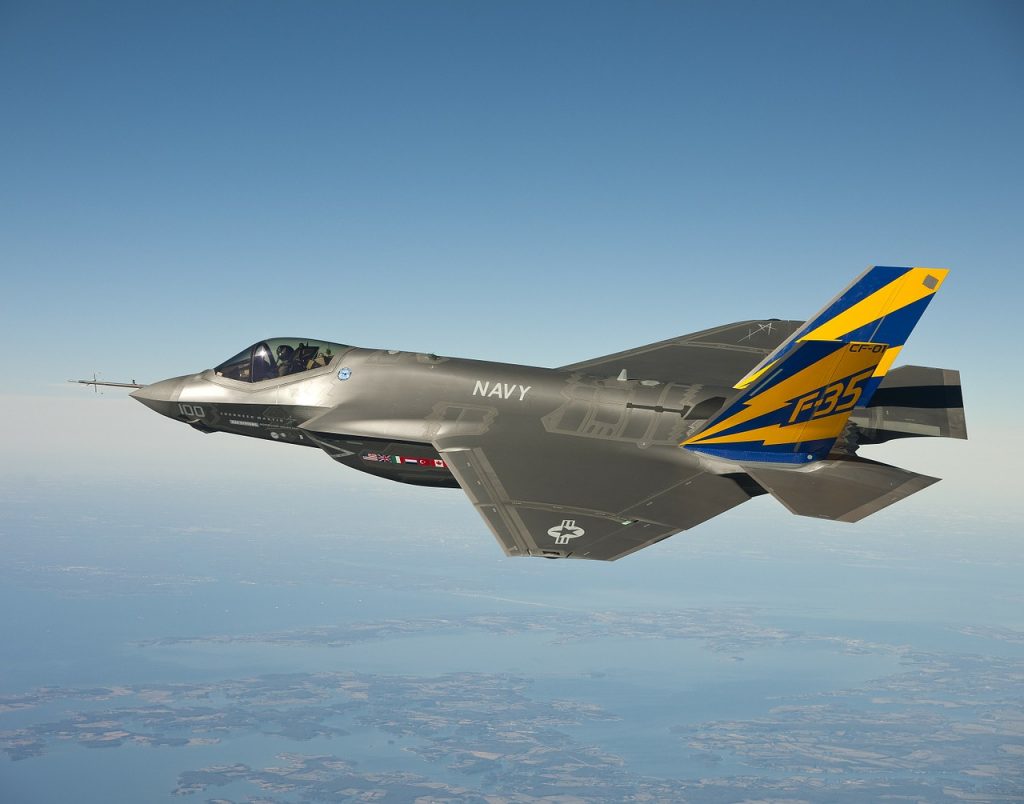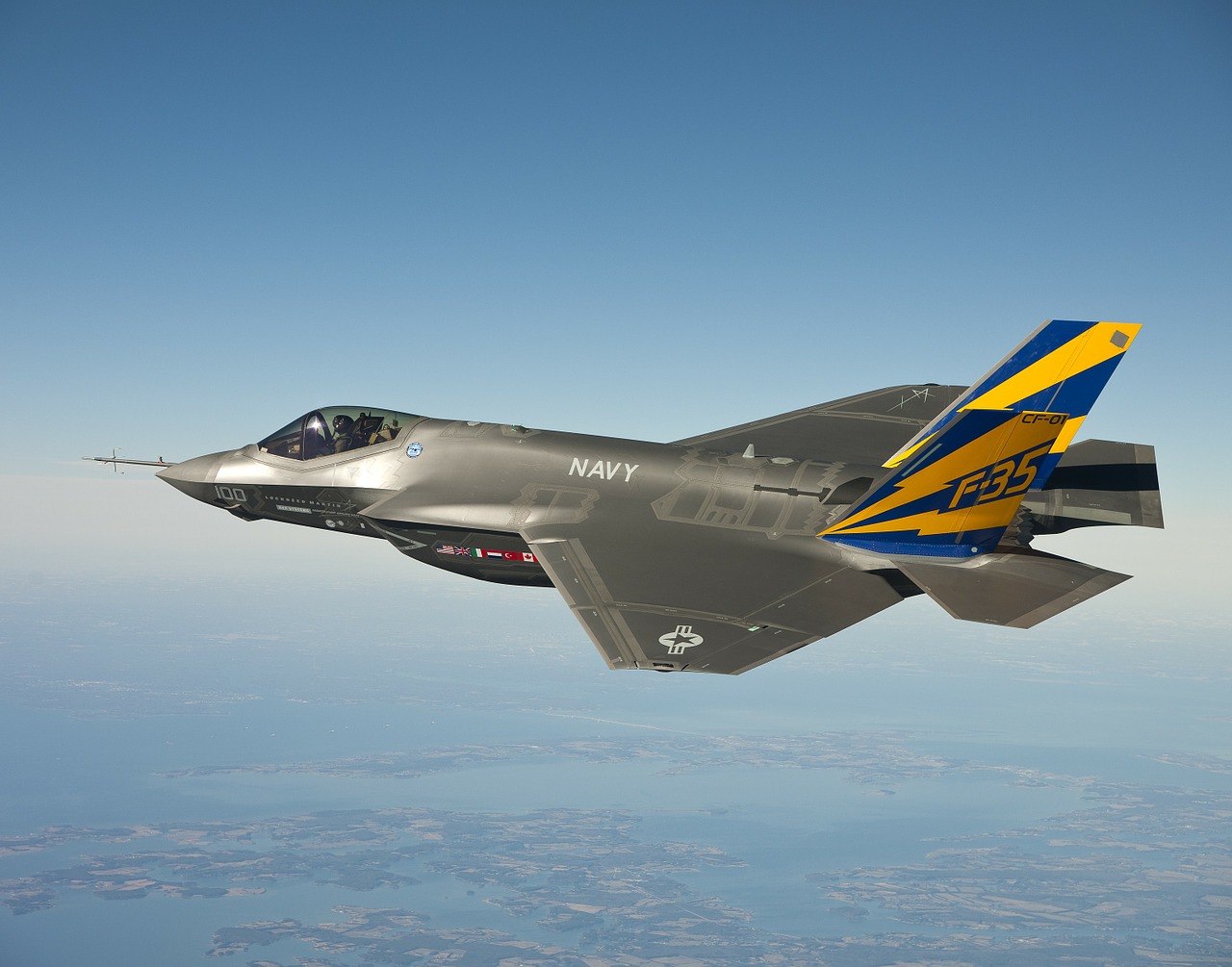
According to a number of Western online publications, the U.S. Air Force has conducted an air test to launch a nuclear bomb, not containing a warhead, from its fifth-generation F-35 fighter jet at supersonic speed.
The test was performed at an altitude of 3,000 meters and it took around 42 seconds for the nuclear missile to hit its intended target.
While the test took place sometime in the middle of the year, they are routinely announced only at the fag end. The test was supposedly carried out on August 25 at the Tonopa test site.
According to Sandia National Laboratories, one of the three laboratories of the NSA, the fifth-generation F-35 stealth fighter launched the missile at supersonic speed. The last public record of such tests undertaken by the Air Force was in 2019; thereby lies the significance of this test.
Washington used a B61-12 bomb for the test, which according to military analysts, is a new updated model of its latest variant. The bomb has been designed to be maneuverable making it easier for the pilot to deliver it to its intended target. It also saves the pilot from being targeted from enemy missiles and air defense systems.
The Pentagon is scheduled to mass produce the B61-12 sometime this year. The bomb can also be used by the F-15E as well. Washington had conducted a series of simulation tests using this fighter and came to the conclusion that the fighter plane could easily be fitted with this bomb.
Currently, the United States has two fighters planes that can also be used as bombers – the F-35 and the F-15. Since the process of building the B-21 strategic bomber is ongoing, the fact that these two fighter jets can be used as bombers as well, sits well with the Pentagon.
According to sources, the B-21 was scheduled to take to the skies sometime in 2021, but due to a unplanned circumstances, the first flight has been rescheduled for 2022.
Incidentally, the F-15E Strike Eagle is an all-weather multirole strike fighter, as per a press report from the Sandia National Laboratory. The lab had conducted tests of strike fighters along with bombs in collaboration with the U.S. Air Force. According to Stephen Samuels, Sandia’s laboratory spokesman, the results of the tests have given them an “exceptional confidence” in the ability to use the bombs on F-15E fighter.





